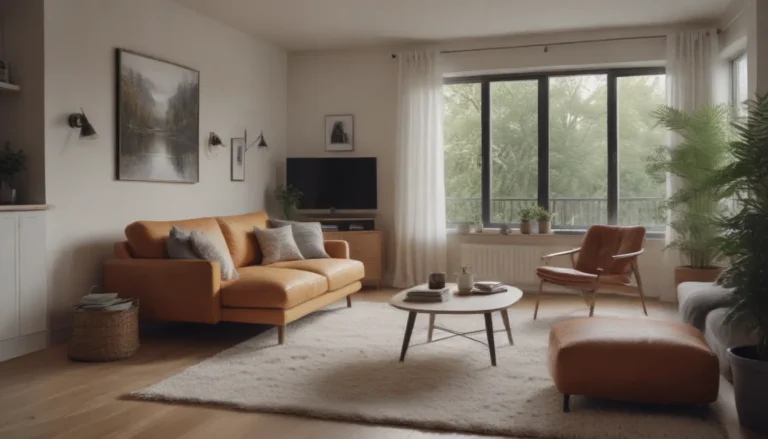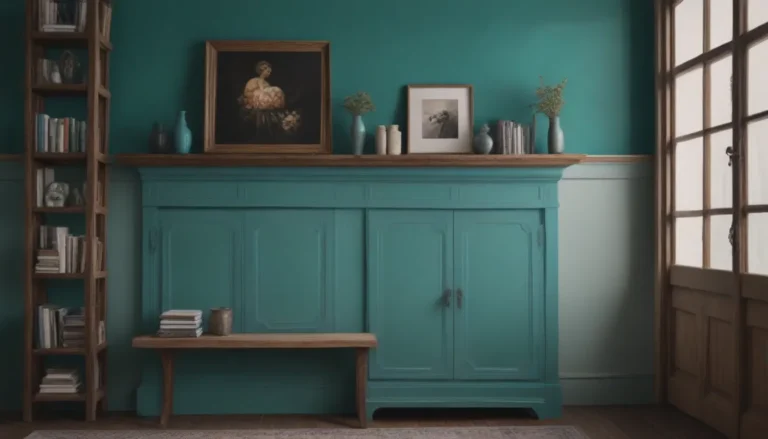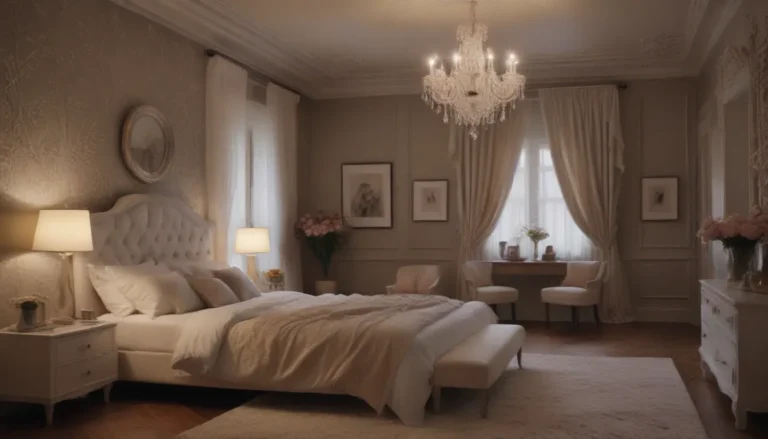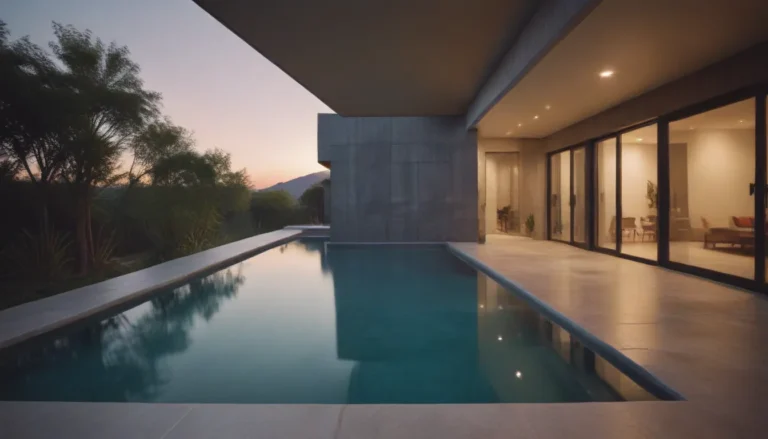The Complete Guide to Sofa Anatomy
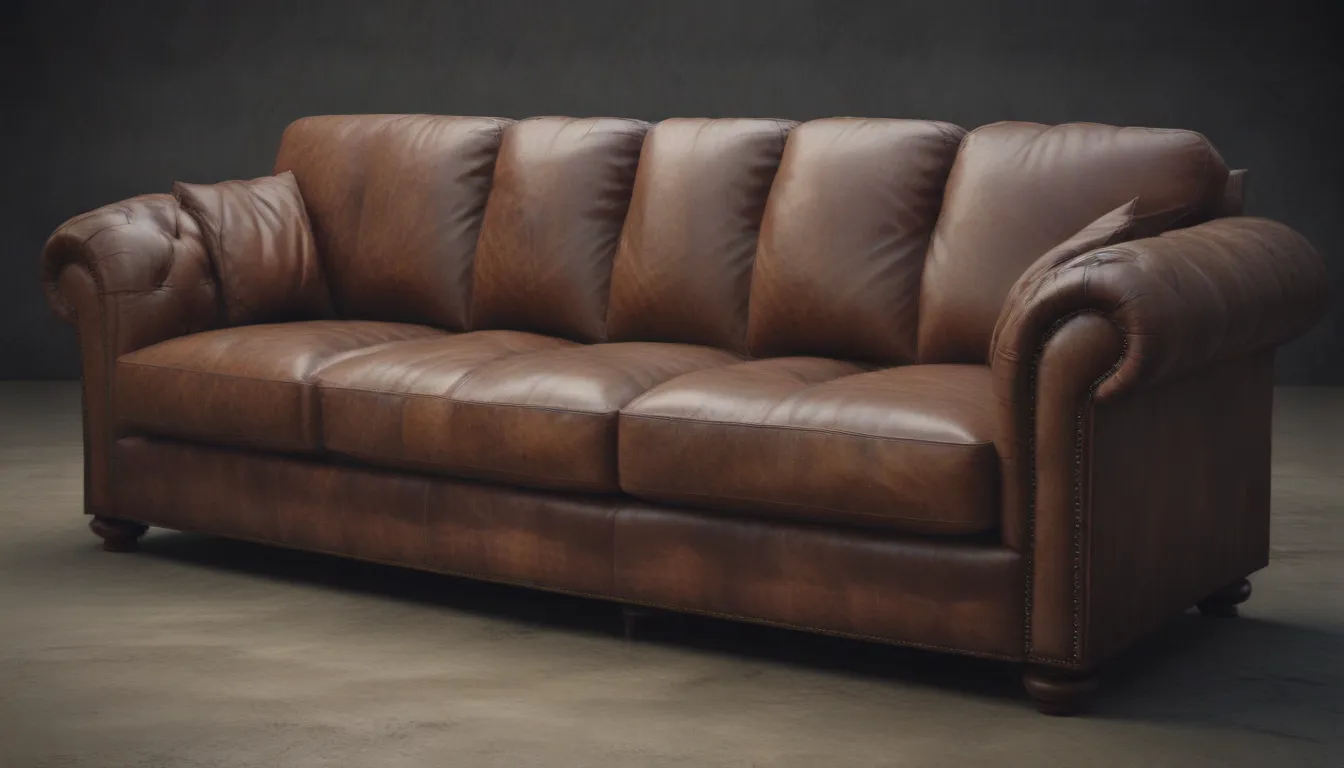
When it comes to selecting a sofa for your home, understanding the various parts of a sofa and couch models can help you make an informed decision. From the arms to the back to the construction materials, each component plays a crucial role in the overall look and comfort of the piece. Let’s dive into the essential parts of a sofa to help you choose the perfect style for your space.
Sofa Arms: Defining Style and Function
The arms of a sofa come in various styles, each serving a different purpose. Here are some common types of sofa arms:
- English arm: Featuring a low profile and rounded edges, the English arm offers a traditional and elegant look.
- Pleated arm: Characterized by its pleated fabric detail, this arm style adds a touch of sophistication to a sofa.
- Rolled arm: With a rounded silhouette, the rolled arm provides a classic and inviting feel to the sofa.
- Lawson arm: Known for its straight lines and casual appearance, the Lawson arm is versatile and comfortable.
- Square arm: Offering a clean and modern look, the square arm is perfect for contemporary spaces.
- Tuxedo arm: With its boxy shape and equal height to the back of the sofa, the tuxedo arm creates a tailored and structured appearance.
Sofa Backs: Height, Shape, and Comfort
The back of a sofa can vary in height, shape, and cushion material, influencing both the style and comfort level of the piece. Here are some common sofa back styles:
- Attached back: The back cushion is attached to the frame, providing a clean and streamlined look.
- Camelback: This style features a curved back with a central hump, lending an elegant and classic touch to the sofa.
- Channel back: Characterized by vertical channels, the channel back adds texture and visual interest to the sofa.
- Loose-cushion: With removable back cushions, this style allows for easy maintenance and customization.
- Curved back: Featuring a gently curved shape, the curved back offers a unique and inviting design.
- Pillow back: This style includes multiple loose pillows along the back of the sofa, creating a plush and cozy feel.
- Tight back: The back cushion is tightly upholstered to the frame, providing a clean and structured look.
What Is a Chaise?
A chaise, also known as a chaise lounge or chaise longue, is an elongated sofa in the shape of a chair. This piece of furniture is designed for lounging and relaxation, with one side extending out to support the legs. Whether as a standalone piece or part of a sectional couch, a chaise adds comfort and style to any living space.
Sofa Seats: Designing for Comfort
The seat of a sofa is essential for ensuring comfort and enjoyment. Consider the following sofa seat styles:
- Cushioned seat: Featuring padded cushions for added softness and support.
- Single-cushion seat: A single large cushion provides a more streamlined and contemporary look.
- Tight seat: The seat cushion is tightly upholstered to the frame, offering a firm and structured feel.
Sofa Construction: Building for Durability
The internal structure of a sofa plays a significant role in its longevity and quality. Key parts of sofa construction include:
- Deck: The foundation that supports the seat cushions.
- Down-proof ticking: A tightly woven fabric that prevents feathers from poking through the upholstery.
- Eight-way hand-tied springs: High-quality springs that provide support and comfort.
- Filling: The material used to fill cushions and provide padding.
- Frame: The structural base of the sofa that determines its shape and stability.
- Plinth base: A solid base that supports the weight of the sofa.
- Webbing: Straps that support the seat cushion and provide elasticity.
- Sofa bed frame: The internal framework of a sofa bed that allows for easy transformation into a bed.
When shopping for a sofa, consider the construction materials and design to ensure a durable and comfortable piece that will withstand daily use.
Sofa vs. Couch: Understanding the Difference
While the terms “sofa” and “couch” are often used interchangeably, there are subtle distinctions between the two. A sofa is typically more formal and structured, with a higher back and tailored design. In contrast, a couch is more casual and relaxed, with softer lines and a lower back. Consider the style and function of the piece when deciding between a sofa and a couch for your space.
Tips for Buying a Sofa
Before purchasing a sofa, consider the following factors to ensure you make the right choice for your home:
- Comfort: Test the sofa to ensure it provides adequate support and comfort.
- Material type: Choose durable and easy-to-clean fabrics like polyester, nylon, and microfiber.
- Good construction: Look for solid frames, quality springs, and resilient cushions.
- User warranty: Check the warranty policy to protect your investment.
- Style: Select a sofa that complements your existing decor and personal taste.
- Versatility: Consider a modular sofa for flexibility and customization in your space.
By taking these factors into account, you can find a sofa that meets your needs and enhances the comfort and style of your home.
In conclusion, understanding the various parts of a sofa can help you make an informed decision when selecting the perfect piece for your living space. From the arms to the back to the construction, each component contributes to the overall look and comfort of the sofa. Choose a sofa that fits your style and preferences, and enjoy a cozy and inviting seating experience in your home.


